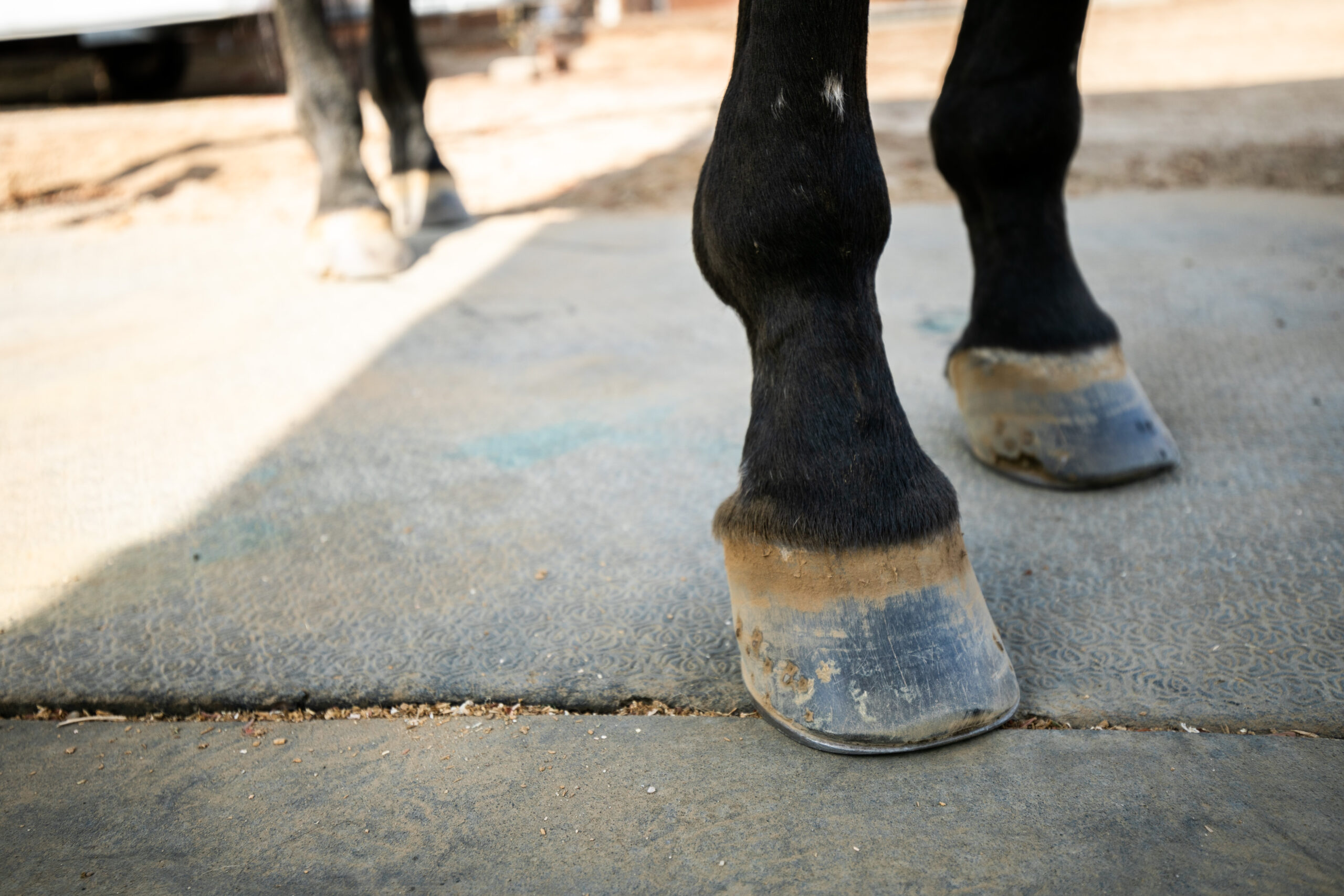
What is a Hoof Abscess and Why It Matters for Your Horse?
Share
As a health-conscious pet owner, understanding ailments like a hoof abscess is crucial. But what is a hoof abscess? Simply put, it's an infection that occurs within the hoof's sensitive tissue. These infections can lead to intense pain, discomfort, and can drastically affect the mobility of your horse. This article will delve into the origins, symptoms, prevention, and treatment of hoof abscesses, aiming to equip you with the knowledge necessary for optimal equine health.

Understanding Hoof Abscesses
A hoof abscess forms when bacteria invade the hoof through a crack or wound. This condition often presents itself due to various factors, including environmental conditions or poor hoof care. Without intervention, an abscess can lead to serious health issues for your horse, including lameness and systemic infections.
Common Symptoms to Watch For
Observe your horse closely for signs indicative of a hoof abscess:
- Lameness or difficulty walking
- Heat in the hoof
- Localized swelling around the hoof
- Increased sensitivity when pressure is applied
- Refusal to bear weight on the affected leg
If you notice these symptoms, immediate attention is warranted. A delayed response can worsen the condition, leading your horse into a protracted recovery.
Factors Contributing to Hoof Abscesses
Several factors can contribute to the development of hoof abscesses:
- Poor hoof care: Regular trimming and maintenance are essential to avoid complications.
- Environmental factors: Wet and muddy conditions can soften the hoof, making it more susceptible to injury and infection.
- Underlying health issues: Horses with compromised immune systems or pre-existing health conditions are more prone to infection.
Understanding these factors can help you safeguard your horses health.
Prevention Strategies
Like the saying goes, prevention is better than cure. Here are some strategies to consider:
- Regular hoof care: Schedule professional trims and take a proactive approach to hoof cleanliness.
- Proper nutrition: A balanced diet supports overall hoof health. Consider supplements if necessary.
- Environmental management: Ensure dry and clean living conditions to minimize exposure to bacteria.
Implementing these strategies can significantly reduce the risk of hoof abscesses.
Treatment Options for Hoof Abscesses
If you suspect your horse has a hoof abscess, several treatment options are available:
- Soaking the hoof: Regular soaking can help reduce infection and promote drainage.
- Antibiotics: If instructed by your veterinarian, antibiotics may help eliminate the infection.
- Bandaging: Proper bandaging techniques can protect the hoof while healing.
To learn more about treatment methods, check out our guide on treating hoof abscesses.
When to Consult a Veterinarian
If your horse displays symptoms of a hoof abscess, it's critical to consult your veterinarian right away. They can diagnose the condition accurately and recommend suitable treatments. In cases of severe lameness or swelling, an immediate veterinary response could make all the difference.
FAQs
What causes a hoof abscess?
A hoof abscess is commonly caused by bacterial infections that enter through wounds or cracks in the hoof.
How long does it take for a hoof abscess to heal?
Healing time can vary; however, a typical hoof abscess may take around 2 to 8 weeks to heal, depending on the severity and treatment.
Can hoof abscesses be prevented?
Yes! Regular hoof maintenance, a balanced diet, and proper living conditions can help prevent hoof abscesses.

Further Reading
For a more in-depth understanding, consult resources such as this informative article.
As an Amazon Associate, I earn from qualifying purchases.
